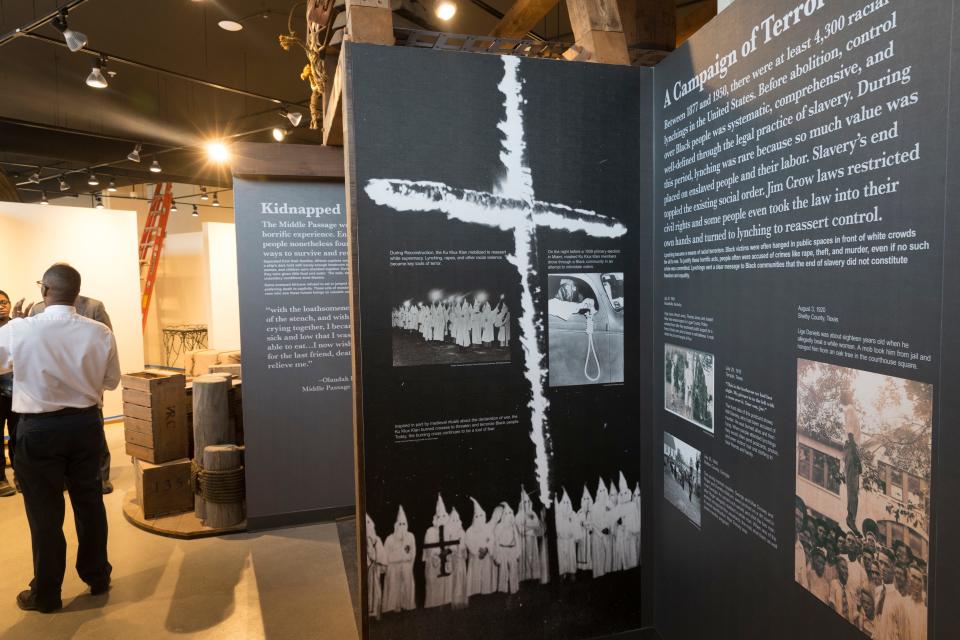About America’s Black Holocaust Museum
America’s Black Holocaust Museum is the first and only museum of its kind in the U.S. It’s an unflinching look at more than 400 years of slavery, dehumanization, lynching and mass incarceration of Black Americans.
The dream for the museum began as a small collection in Dr. James Cameron’s basement. In 1930, when he was 16, Cameron narrowly survived a lynching in Marion, Indiana. He spent the rest of his life in Milwaukee collecting photos, artifacts and books that shed light on the histories of African Americans. He regularly welcomed guests into his home to learn this history.
The museum moved to its first official location in the Sultan Muhammad Islamic Center. Its grand opening was Juneteenth Day in 1988.

Cameron passed away in 2006. The museum subsequently moved buildings and briefly closed, and now resides at 401 W. North Ave., part of a redevelopment project in the heart of Bronzeville called the Griot — a West African term for “storyteller” — in honor of Cameron.
The museum starts in Africa in 300 CE, long before Europeans arrived, and ends with issues impacting Black people today, like police brutality and mass incarceration — covering the 16 generations of slavery in the U.S., reconstruction, 100 years of Jim Crow, the Civil Rights movement and the Black Lives Matter movement.
A tree with branches stretching along the ceiling pays homage to the powerful song “Strange Fruit,” made popular by artist Billie Holiday, that fearlessly protested the widespread lynchings of Black Americans.
See the rest of Milwaukee's 100 objects
This article originally appeared on Milwaukee Journal Sentinel: About America’s Black Holocaust Museum

